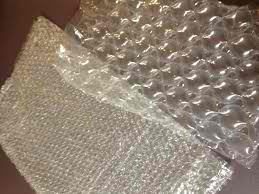
Inner packaging materials play an important role in ensuring that your shipped items arrive undamaged and in good shape. These packing essentials come in a variety of forms and types, each with specific function in terms of protecting, blocking, bracing and cushioning items for shipping to avoid breakage and damage during transit. Below are some of the most commonly used inner packaging materials and their characteristics.
Bubble Wrap
Bubble Wrap is probably the most popular inner packaging material around because of its versatility. Aside from being a great cushioning material, it is also excellent in surface protection and in filling voids. Bubble wrap also comes in a variety of thicknesses to meet every item’s cushioning requirement. Anti-static bubble wrap is also available and is designed to protect electronic items against damage from electro-static discharge.
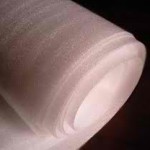
Foam Wrap
Foam wrap is usually made from low density polyethylene (LDPE) foam. Just like bubble wrap, it is very versatile and can be used as a cushioning material, void filler or surface protector. It is also lightweight, soft, non-abrasive, resilient and is available in different thicknesses. There is also an anti-static foam wrap for electronic gadgets.
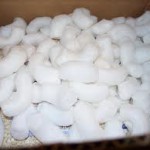
Packaging Peanuts
Also called loose fill peanuts or foam peanuts, packaging peanuts are primarily used to fill empty spaces in a package to prevent movement or shifting. When using packaging peanuts, it is best to overfill the box with at least two inches of peanuts to allow for the natural settling of the peanuts during shipment.
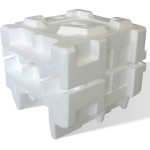
Engineered Foam
Typically used by electronic manufacturers to package their products, engineered foam provides the best cushioning protection. They usually come in a variety of forms such as polystyrene (Styrofoam), polyethylene, and polyurethane. While being a very effective inner packing material, engineered foam requires special equipment to produce, making them advantageous only to big companies which can invest on special machinery or can afford to outsource the materials from suppliers.

Foam In Place
Foam in place is a more cost efficient alternative to engineered foam that also offers excellent cushioning properties. It ensures that an item stays in place all throughout the shipping process because it “molds” around the product. Foam in place consists of two chemicals that when combined create “foam” that expands and encapsulates the item. Foam in place is usually done using an ordinary shipping box. The foam is injected into the box to create the bottom half, the item is then laid over the soft foam, then the box is filled with more foam to form the upper half. Plastic sheeting is used to protect the box and the item from the foam. Once the foam has solidified, the item is well cushioned and protected.

Inflatable Packaging
Inflatable packaging is a recently introduced void filler. They are like plastic bags that are filled with air, sealed and used to fill empty spaces inside a package to prevent movement. This is not recommended when shipping items that have sharp or pointed parts that can puncture the inflated bags. When using inflatable packaging, such items should be wrapped in other packaging materials first.
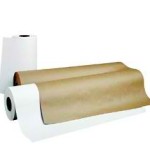
Packing Paper
Packing paper are used to wrap items to be shipped for protection or crumpled or shredded to fill voids in packages. However, paper products should not be used as fillers for heavy items as they tend to flatten out. Different kinds of paper can be used for this application such as Kraft, newsprint and tissue paper. Old newspaper can also be used but items must be properly wrapped in plastic or clean paper first to prevent them from getting stained by the ink.
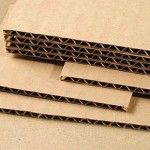
Corrugated Inserts
Old shipping boxes can be re-purposed as corrugated inserts. They can be cut to size or shape and used at stiffeners when shipping items such as clothing in envelope mailers. They can also serve as separators/dividers between items in a package. Gluing together several layers of corrugated cardboard can be used as blocks or thick pads for blocking and bracing purposes.
